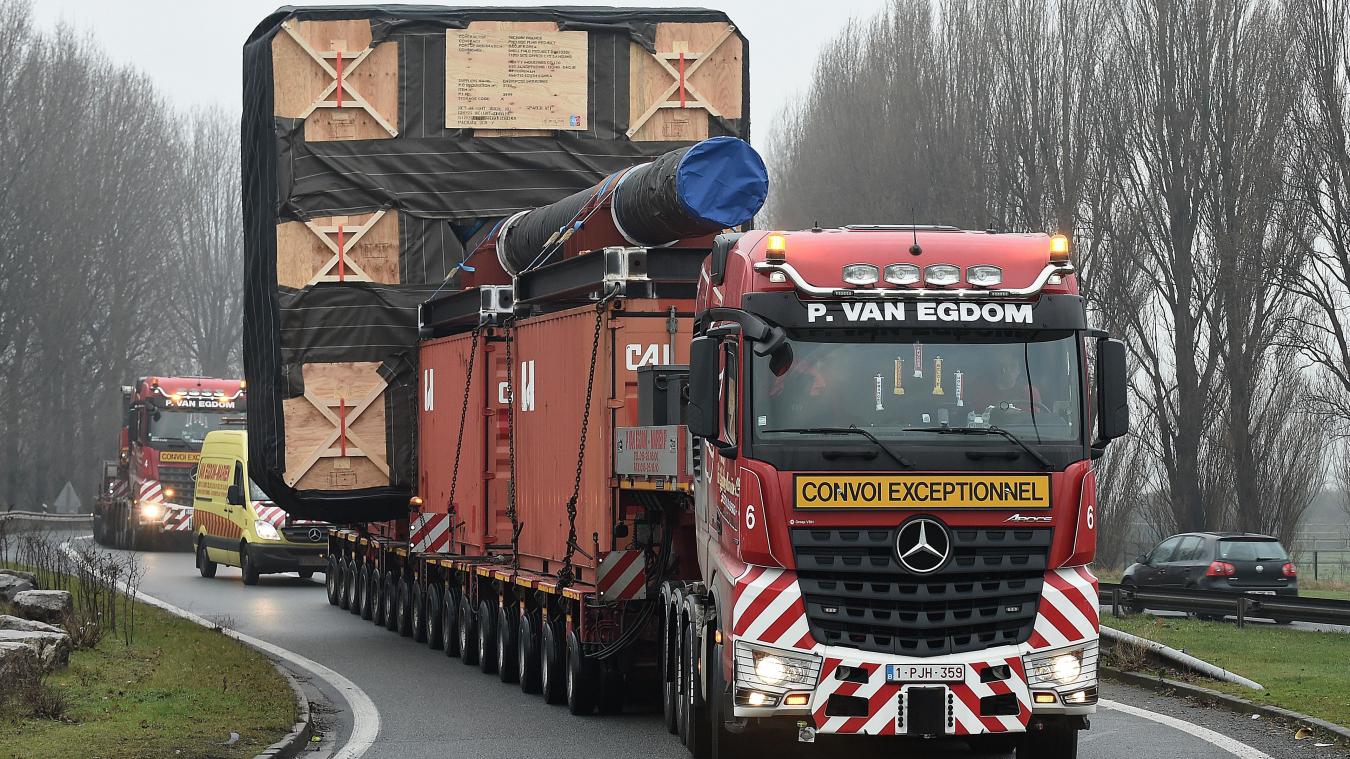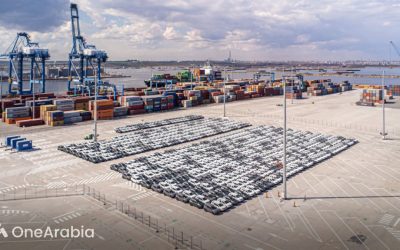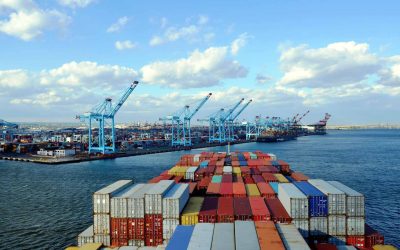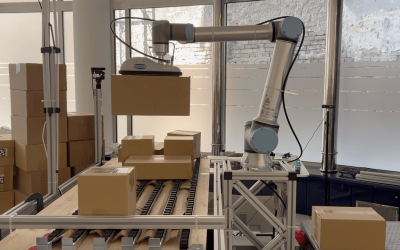Selon le baromètre de l’observatoire du véhicule industriel, les coûts du TRM devrait augmenter de 6,8% en 2024.
As it does every year in January, the Observatoire du Véhicule Industriel (OVI) publishes figures on the outlook for the road haulage market. According to the OVI, which relies on truck registration data from the Comité National Routier (CNR), 2023 was marked by a sharp drop in delivery times, from 289 days to 150 on average.
Despite manufacturers' ability to deliver faster, orders for new tractors are down by 20% compared to 2022, and by 9.7% for rigids. The OVI points to the economic context and the rise in credit rates as factors holding back investment by transport operators. In the case of new LCVs, orders were stable, with delivery times also falling sharply.
-6.4% in TRM activity in second quarter 2023
With regard to road transport, activity fell by -6.4% in the second quarter of 2023 compared with the previous quarter, to 39.9 billion tonne-kilometres (compared with a peak of 43.6 billion in the fourth quarter of 2022).
Domestic road freight transport for hire or reward fell by 5.9% in the second quarter of 2023, after -3.6% in the first quarter. Own-account road haulage fell by 9.7%, following a 7.7% rise in the first quarter of 2023. They accounted for 12.2% of second-quarter activity.
"For a broader view, the last twelve months are comparable to the last five years with 167,660 tonne-kilometres, apart from 2020, the year of the COVID-19 crisis," says OVI.
A difficult 2024
In 2024, OVI forecasts two scenarios, one pessimistic and the other optimistic: a drop in new vehicle registrations of -6.9% for tractors and -5.8% for rigids, or a high range with an estimated +2% increase in registrations for both tractors and rigids.
On the basis of CNR data, OVI forecasts a 6.8% increase in the cost of heavy goods vehicles, well above the general inflation forecasts given by INSEE, i.e. 3.3% on annual average and 2.3% year-on-year at the end of the year.
OVI points out that the introduction in July 2024 of the General Safety Regulation EU 2019/2144 (GSR2) will also impact vehicle manufacturers and bodybuilders in terms of vehicle equipment and CO2 emissions. This could result in longer production lead times and additional acquisition costs for hauliers.
Through the voice of Nicolas Lenormant, President of the VI branch of Mobilians (employers' organization representing the interests of automotive and mobility companies), the OVI predicts a difficult 2024 for the industry, as well as a slow electrification of the fleet in relation to the European objectives of achieving 90% clean fleets by 2040.
RENAUD CHASLE



















0 Comments